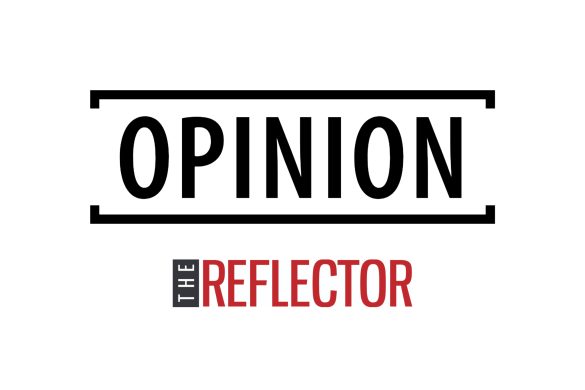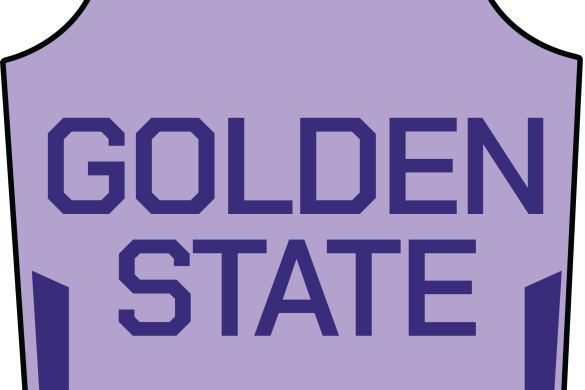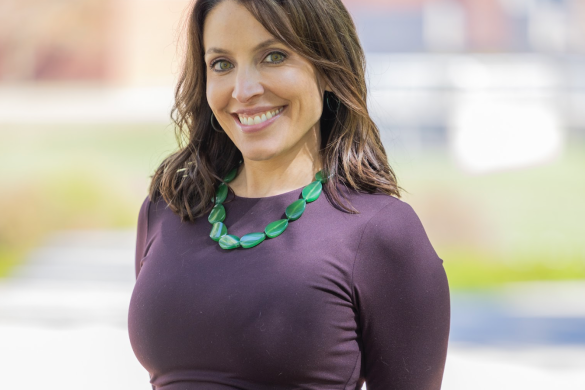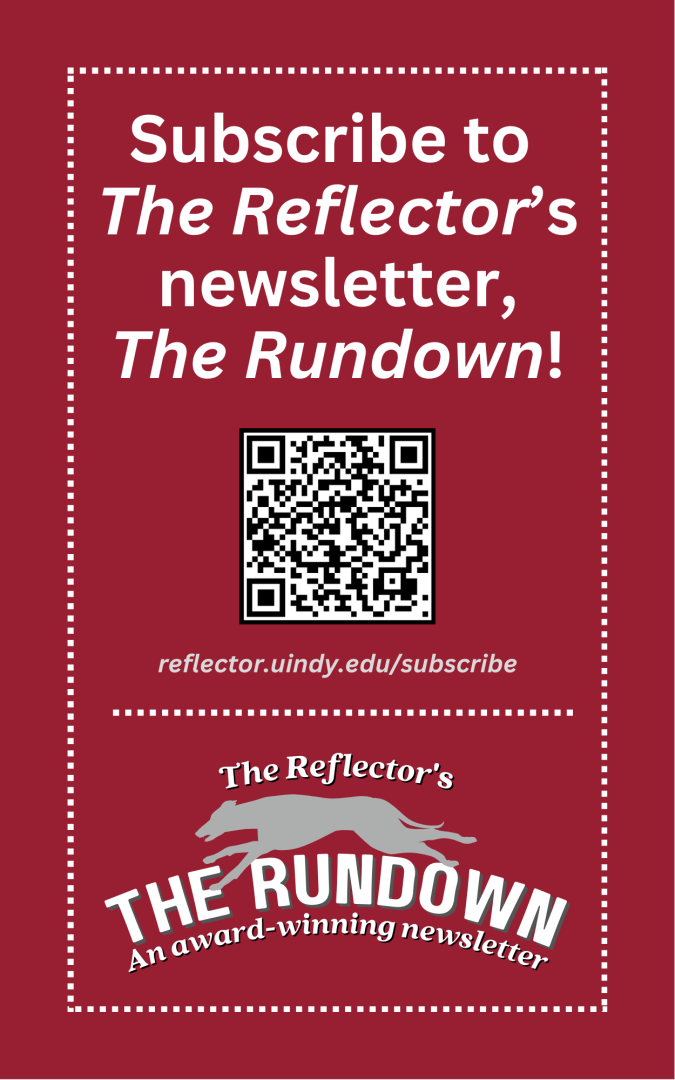My first crush was on Velma Dinkley from “Scooby Doo,” an innocent crush that was abandoned immediately when I was told, in no friendly terms, that my feelings were incorrect because she was also a girl. I was five.
Despite being explicitly reprimanded for those feelings, they obviously did not go away. I reached adolescence in an almost permanent state of cognitive dissonance, trying to reconcile my queer identity with the one that wore pleated skirts and went to Catholic school. Isolated from any explicit exposure to the LGBT community, I thought I was the only one in the whole world who felt same-sex attraction.
A Time magazine issue from 2010 changed that. The cover detailed Gay Days, an event hosted by Disney World that focused on LGBT visibility, which, according to the article, rapidly became one of the largest gay-pride events in the world. I remember keeping this particular issue from my mother, tucked away beneath my bed, some nights I would pull it out and re-read it, fixated on the word “gay” and my sudden attraction to it. I was 12.
From then on, I held onto any piece of LGBT representation that I could. Back then, representation for a queer youth was sparse. Most of what I had was representation from darker TV shows that either killed off their LGBT characters or neglected them entirely. As the Gay and Lesbian Alliance Against Defamation has repeatedly pointed out, this type of representation is negative, and perpetuates the idea that there are no happy endings for queer characters—and by extension, queer individuals.
I tell this story because times have changed. March 16 saw the release of “Love, Simon,” a coming-of-age story focused on a gay character, marketed specifically towards queer youth. This is staggering because many queer individuals didn’t have representation like that growing up.
As Nick Robinson, the actor for the movie’s main character, told Fox News, “I think representation is crucial. It’s so important to see people who look like you, and act like you. To see stories that you can relate to because it’s what makes you feel not crazy or not alone.”
As a testimony to this, a girl I mentored in high school came out via social media after seeing “Love, Simon.” She said that seeing herself represented on the big screen gave her the confidence to unabashedly be herself.
Queer representation is necessary for situations like this. However, while LGBT representation is important in general, representation for youth is infinitely more so.
Today, numerous children’s shows have LGBT representation, such as Cartoon Network’s “Steven Universe” and Disney Channel’s (admittedly more subtle) “Star vs the Forces of Evil.” Queer musical artists like Hayley Kiyoko and Kehlani are climbing the music charts. Video games such as “The Sims” and the most recent “Harvest Moon” feature options that allow the player to be queer. The rise of digital media has resulted in easier access to queer content for queer individuals. It’s a very different environment from the one that made me hide magazines under my bed.
This queer representation in all forms of media is important and should continue to grow in the future. Young queers deserve to have themselves represented in media in a positive light, deserve to have their identities normalized, and above all, deserve to know that things truly do get better.




